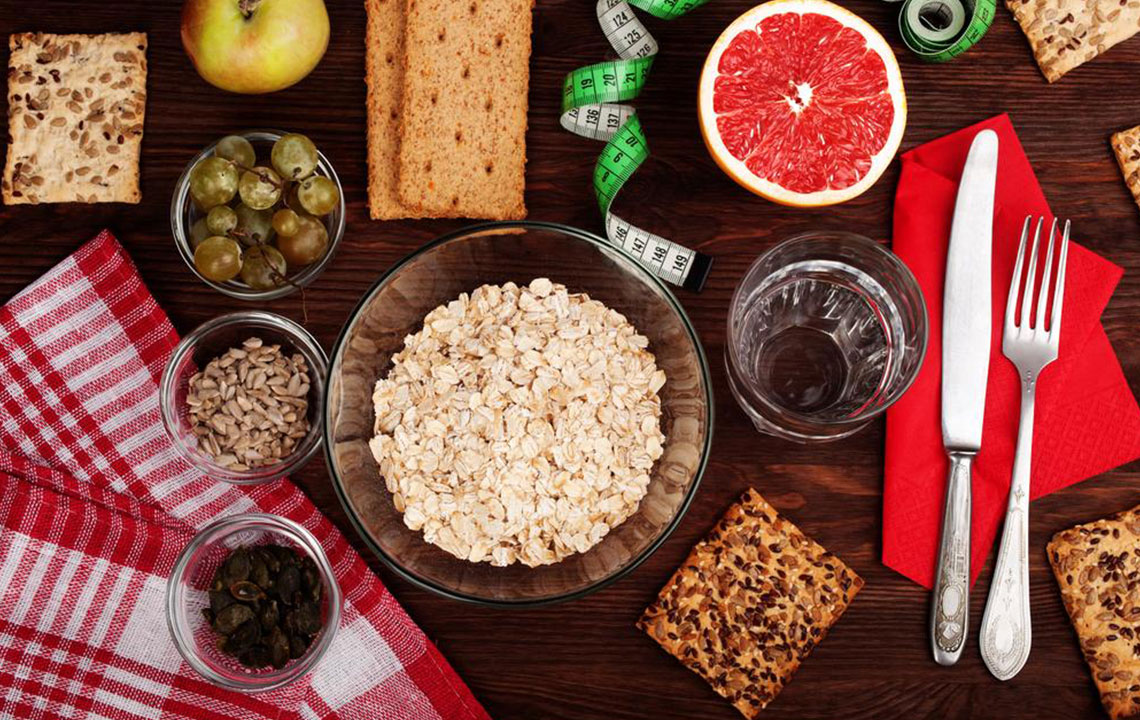Comprehensive Approaches to Combat Persistent Abdominal Fat Effectively
Discover proven strategies to effectively reduce persistent abdominal fat through balanced dieting, targeted exercise routines, and sustainable lifestyle changes. This comprehensive guide covers calorie management, workout design, nutritional tips, and holistic approaches to help you achieve your weight loss goals and enhance overall health. Learn how consistent effort and expert guidance can lead to lasting results, boosting confidence and physical well-being. Perfect for anyone struggling with stubborn belly fat seeking practical and scientifically-supported methods for effective fat loss.

Effective Strategies to Reduce Persistent Abdominal Fat
Many individuals find it incredibly challenging to shed stubborn belly fat, and if you’re feeling frustrated with your weight loss journey, you’re not alone. With an estimated 160 million people worldwide facing overweight and obesity issues, abdominal fat has become a pressing public health concern. While minor weight increases may not raise alarm bells, excess belly fat often negatively impacts self-esteem, physical health, and longevity. Unlike targeted exercises like crunches or sit-ups, which alone are insufficient, the most successful strategies involve an integrated approach combining diet, exercise, and lifestyle modifications.
There’s no quick fix or magic pill to eliminate stubborn abdominal fat instantly. However, making deliberate and consistent changes to your dietary habits and physical activity levels significantly accelerates fat loss, particularly in the abdominal region. Below, we explore proven and practical methods to help you achieve your weight loss goals and attain a healthier, more sculpted midsection.
Calorie Management: The Foundation of Fat Loss
Fundamentally, weight loss hinges on creating a calorie deficit—a state where your body expends more calories than it consumes. Studies from reputable institutions, like the University of Jyväskylä, demonstrate that a moderate calorie deficit of 20% to 25% leads to effective fat loss. For an average adult, this translates to reducing daily intake by approximately 750 calories, which can result in losing about 4.4 pounds over a month. Achieving this requires meticulous tracking of food intake and portion control. Consulting a registered dietitian offers personalized guidance tailored to your unique needs, whether you aim to reduce belly fat or achieve overall weight loss.
Designing an Effective Exercise Routine
Physical activity is crucial for burning calories and building muscle, which further enhances metabolic rate. Engaging in both weight training and high-intensity interval training (HIIT) yields excellent results. Experts suggest conducting two to three strength training sessions combined with two sessions of HIIT weekly. HIIT, characterized by short bursts of intense activity followed by recovery periods, not only boosts insulin sensitivity but also prolongs the fat-burning process — up to 24 hours post-exercise. Additionally, it elevates catecholamine levels, hormones that promote fat mobilization. Short, 20-30 minute HIIT workouts are highly effective and time-efficient, making them an ideal option for busy schedules.
Nutritional Adjustments for Optimal Results
Diet plays a vital role in reducing visceral and subcutaneous fat. Avoid severe calorie restrictions, which can backfire by lowering metabolic rate and encouraging fat retention. Instead, focus on balanced nutrition crafted with the help of dietary professionals, considering your age, activity level, and metabolic health. Incorporate nutrient-dense foods such as fresh fruits, vegetables, whole grains, lean proteins, seafood, and nuts. Limit intake of added sugars, alcohol, and processed foods. Prioritize high-protein foods like chicken, fish, tofu, and whey protein to support muscle preservation during weight loss. Adequate sleep is equally important—it regulates metabolic function and curbs cravings that may lead to overeating.
Holistic Approach for Rapid and Sustainable Fat Reduction
For individuals seeking rapid results, focusing on overall weight management is prudent. Begin by reducing high-sugar foods and beverages, balancing carbohydrate consumption throughout the day, and engaging in regular physical activity. Seeking professional advice from fitness trainers and nutritionists can help develop comprehensive exercise plans and dietary strategies suited to your body’s specific needs. Persistence and consistency are the cornerstones of successful belly fat reduction, and adopting sustainable habits will ensure long-term health benefits. Remember, quick fixes are often temporary; sustainable lifestyle changes promote lasting results and improved well-being.
In conclusion, reducing persistent belly fat isn’t about drastic measures or shortcuts but rather adopting a holistic, disciplined approach involving calorie management, targeted workouts, nutritious eating, and healthy habits. Patience and perseverance are essential, and with dedication, you can achieve a leaner, healthier abdomen and elevate your overall health and confidence.





